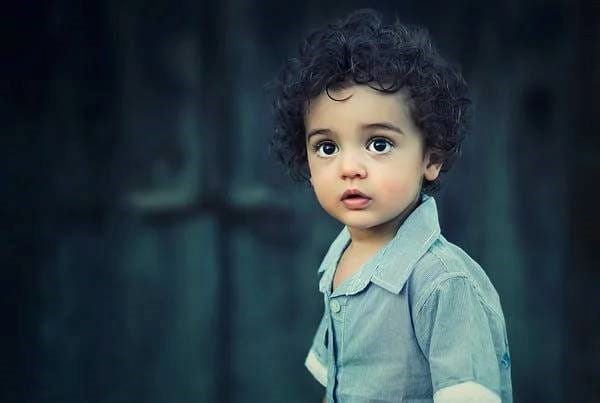Children love to explore and play outdoors, which includes anything from only looking to touching anything that catches their attention. This is why one of the most common reasons to visit a doctor with your child is because of skin issues. No matter how much you take care to keep your child clean, it is normal to have some skin issues from time to time. This article covers the most common skin problems a parent should be aware of in this article.

Chickenpox
Most children get chickenpox even before puberty. It is a mild disease that usually goes away on its own. The main symptom is red, itchy spots that turn into blisters filled with fluid. Eventually, these spots dry out and fall off on their own. These spots can cover a child’s whole body or only a part. Chickenpox is most commonly spread on the face, behind ears, on hands and legs, as well as on children’s chests and bellies. Once they get chickenpox, people become immune to them, which is why it is good to get them as a child. The spots will be on the body for around two weeks, up to a month.
Cellulitis
Cellulitis is an infection of the deeper layer of skin and tissue, which needs to be addressed quickly after being noticed. As it spreads quickly, the symptoms are when an area on the skin suddenly becomes red, hot, swollen, tender, itchy, or painful. If the symptoms get harsher, meaning that the patient gets dizzy, starts vomiting, or gets a fever, look for a doctor immediately. It is usually treated with antibiotics.
Eczema
Skin patches that are red, itchy, irritated, and dry-looking with scabs, are a clear sign of atopic dermatitis. This type of allergy or issue with the skin barrier happens when a child has a weaker immune system, with skin generally more prone to irritations, dryness, and allergic reactions. The treatment includes maintaining a healthy immune system and thoroughly moisturizing skin to avoid any irritation. As this issue can return, get an appointment with the dermatologist to follow your child’s condition.
Hand, foot, and mouth disease
A virus causes a highly contagious illness that mainly affects infants and children from many places. It can come from contaminated objects used by a virus carrier or another infected person. The painful blisters will show up after three to seven days and painfully itch for about two weeks. Most people can treat it with over-the-counter pain relievers. However, if your child gets a fever lasting more than two days, call the dermatologist for an emergency appointment. It is a highly contagious virus so try not to go anywhere until your symptoms disappear.
Measles
Measles is a highly contagious disease that affects small children, now rare as the children receive MMR vaccine for it. The symptoms are red-brown blotches that spread from the head and neck area to the rest of the body, fever, and other symptoms similar to a regular cold. Measles requires urgent medical attention as it must not be spread to other people. Be sure that your child receives every compulsory vaccine to avoid getting this and other highly contagious diseases.
Molluscum contagiosum
Molluscum contagiosum is a benign virus that affects the skin. It is caused by a pox virus that usually affects small children up to 10 years old. The small, raised spots develop on the skin in clusters, and apart from itching, it has no other complications. They can last anywhere from 2 weeks to 6 months and go away independently. Whereas it is highly contagious in children, adults are immune to it. They will not be infected if they come in contact with the infected child.
Pityriasis rosea
A relatively common skin condition, Pityriasis rosea manifests as a temporary, exceptionally itchy rash. Oval patches spread around the body, causing a ‘Christmas tree’ appearance. It affects children and young adults. It is thought to be caused by the bacteria Streptococcus, although further study is needed. The rashes last 6-8 weeks and are treated with topical steroids and antihistaminics.
Heat rash
Miliaria or heat rash is primarily seen in babies and toddlers. It is an irritation resulting from blocked sweat pores where perspiration can’t escape. It usually emerges where the skin gets folded, like hands, legs, neck, and upper thighs. The best treatment is to keep the skin with the rash cool, dry, and bare on every occasion until the rash is gone.
Ringworm
Contrary to its name, ringworm is caused by a fungal infection. It is a contagious disease that can be transferred from other people, animals, or even objects. The name ringworm came from the red, itchy, ring-shaped patches that form on the infected skin. It is treated with antifungal creams, oral fungal medication, or antifungal shampoo. A paediatrician or dermatologist must prescribe each treatment. The best prevention against this disease is regular hygiene, avoiding staying in wet clothes, avoiding sharing towels, and regularly treating pets against parasites.
Even though children’s skin conditions often happen, especially if you have the insect bites in mind, the good thing is that most are treated quickly. Don’t hesitate to call your family doctor or consult a dermatologist immediately and receive the best advice to relieve your child from any stress.